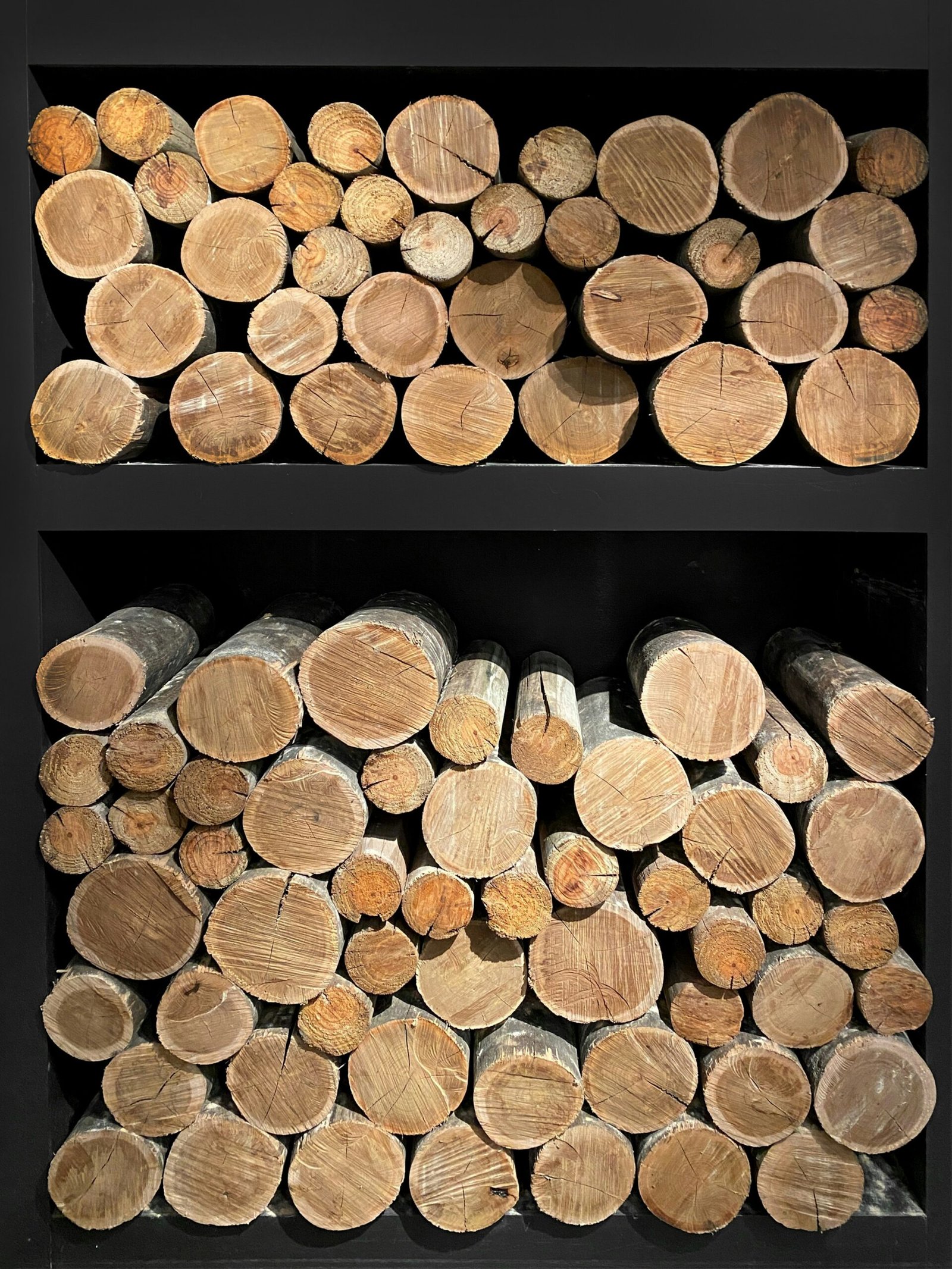Introduction: The Charm of Wind Chimes
Wind chimes have a long-standing history that traces back to ancient civilizations across the globe. Rooted in cultures from Asia to the Mediterranean, wind chimes were initially utilized not just for their ornamental appeal but also for their ethereal melodies. These delicate instruments have been found in archaeological sites in regions such as China and Japan, often crafted from metal rods, bamboo, and shells. Their gentle, tinkling sounds were believed to ward off evil spirits, bring good fortune, and create a tranquil atmosphere conducive to meditation and reflection.
Today, wind chimes continue to be cherished for both their aesthetic and auditory charm. Positioned in gardens, on patios, or even near windows, they play a dual role. They serve as elegant decorative pieces, adding an artistic touch to outdoor spaces, while their soothing sounds foster an environment of peace and relaxation. The pleasant auditory experience provided by wind chimes can transform any garden into a serene retreat, making it a perfect escape from the daily hustle and bustle.
The materials and designs used in crafting wind chimes are incredibly diverse. From metal and wood to glass and ceramic, the choice of material influences the tonal quality and resonance of the chimes. Intricate designs range from minimalist styles with a zen-like aesthetic to elaborate, colorful creations that capture attention and imagination. This variety not only offers numerous options for personalization but also caters to different preferences and artistic sensibilities.
Engaging in a DIY wind chime project presents a unique opportunity to express creativity while crafting something both beautiful and functional. By handpicking materials and tailoring designs to personal tastes, one’s wind chime can become a signature piece that reflects individual style. This blog will guide you through the steps of creating your own DIY wind chimes. You will learn about selecting materials, designing the chimes, and assembling them to achieve your desired aesthetic and sound. Embark on this creative journey and add a touch of melody to your garden with a unique, handmade wind chime.
Materials and Tools: What You’ll Need
Creating your own wind chimes involves gathering a variety of materials and tools. The choice of materials will significantly impact not only the aesthetic appeal but also the sound and longevity of the wind chime. Common materials include metal, wood, glass, and ceramic, each of which brings unique qualities to your project.
Metal materials can be from upcycled or repurposed items such as old silverware, discarded keys, or even discarded pieces of a broken xylophone. Metal wind chimes produce a clear, resonant sound that can vary depending on the thickness and length of the metal pieces used. Wood offers a more earthy, mellow tone. Bamboo is a popular choice and can be sourced from old bamboo decorations or garden pieces. Glass and ceramic, often made from old bottles or broken pottery, provide a delicate, tinkling sound that adds a whimsical touch to your garden.
When it comes to tools, having the right equipment is essential for crafting wind chimes. Pliers are crucial for bending and shaping metal pieces or cutting and twisting wire. Wire cutters are specifically designed to handle the cutting needs without damaging the wire. Drills are needed to make holes in different materials where the strings or wires can then be threaded. Sandpaper ensures that any rough edges, particularly on wood, are smoothed out to prevent injury and add to the polished appearance of your wind chime.
Upcycling and repurposing materials not only create a sustainable craft but can also add a sentimental value to your project. Whether an old spoon from a family set or a piece of driftwood from a memorable trip, these items can become unique components of your wind chime. The key is to select items that are both durable and capable of producing pleasing sounds. This approach not only supports environmental sustainability but also allows for the creation of a truly personal and distinctive piece.
Step-by-Step Guide: Crafting Your Wind Chimes
Creating your own wind chimes can be a rewarding and enjoyable project. Follow these steps to craft your personalized melody maker for your garden.
Step 1: Preparing the Base and Hanging Structure
Begin by selecting a base for your wind chimes, such as a wooden disc, metal ring, or even a sturdy branch. Ensure the base is strong enough to support the weight of the chimes and clapper. Drill evenly spaced holes around the perimeter of the base for attaching the chimes. Additionally, drill a central hole for the clapper. To create the hanging mechanism, secure a sturdy cord or wire through the center hole and tie a knot to prevent it from slipping through.
Step 2: Measuring and Cutting the Chimes
Select the materials for your chimes – metal tubes, bamboo rods, or even seashells. Measure and cut the chimes to varying lengths, as the length will directly affect the tones produced. Longer chimes will generate deeper sounds, while shorter ones will produce higher pitches. Use a hacksaw for metal or a fine-toothed saw for bamboo. Smooth the edges with sandpaper to prevent injuries and ensure a clean finish.
Step 3: Attaching the Chimes
Thread a piece of strong, thin cord through each hole on the base and tie a secure knot. For metal chimes, you may need to drill holes near the top of each tube; for bamboo, you can simply use the natural hollow of the rod. Attach the chimes to the cords hanging from the base. Ensure that the chimes are evenly spaced and can move freely to produce sound when struck by the wind.
Step 4: Adding the Clapper
The clapper, the component that strikes the chimes to produce sound, should be hung from the central hole you drilled in the base. Use a sturdy material for the clapper, such as a wooden dowel or a small metal washer. Attach the clapper to the central cord with a knot at the desired height so it can freely strike the chimes when the wind blows.
Step 5: Final Adjustments
Once all components are securely fastened, test your wind chimes by gently moving the base or blowing on the chimes. Adjust the length and spacing of the chimes if necessary to achieve the desired tones and melodies. Ensure that each chime can resonate clearly without obstruction.
By following these steps, you can create a unique set of wind chimes that adds a soothing harmony to your garden. The process is simple yet allows for creativity and personalization, making your wind chimes a truly unique addition to your outdoor space.
Customization and Maintenance: Personalizing Your Wind Chimes
Personalizing your wind chimes is an exciting way to reflect your unique style and garden aesthetics. There are various methods to make your wind chimes stand out and harmonize with your garden’s ambiance. Consider painting the wooden or metal parts of the wind chimes with weather-resistant paint in your favorite colors or patterns. Engraving the metal tubes can add a personal touch, whether it’s intricate designs, names, or meaningful quotes. Additionally, incorporating decorative elements such as beads, crystals, or even small charms can add a spark of creativity, enhancing both the visual appeal and sound.
The placement of wind chimes within your garden significantly affects their performance and melody. Positioning them in open spaces where the wind flow is steady and unobstructed will produce a more consistent and harmonious sound. Conversely, placing chimes near walls or dense foliage may result in intermittent tones and reduced volume. Experiment with different locations to achieve the desired acoustic effect that complements your garden’s atmosphere.
Maintenance is essential to ensure the longevity and functionality of your wind chimes. Regular cleaning, especially of metal components, prevents tarnish and rust, keeping the chimes looking and sounding bright. Use a gentle cleanser and a soft cloth for cleaning. For wooden parts, a light sanding followed by a protective varnish can prevent weather-induced wear and tear. In harsher weather conditions, it is advisable to bring the wind chimes indoors or cover them sufficiently to protect them from damage.
Occasionally, wind chimes may encounter issues such as tangling or producing dull sounds. To prevent tangling, ensure sufficient spacing between the parts, and if tangling occurs, untangle gently without forcing the components. Dulling sounds can often be remedied by cleaning the chimes thoroughly or adjusting the positions of the clappers and tubes to restore their original resonance. By investing in regular upkeep, you can enjoy the melodious charm of your customized wind chimes for many seasons to come.



